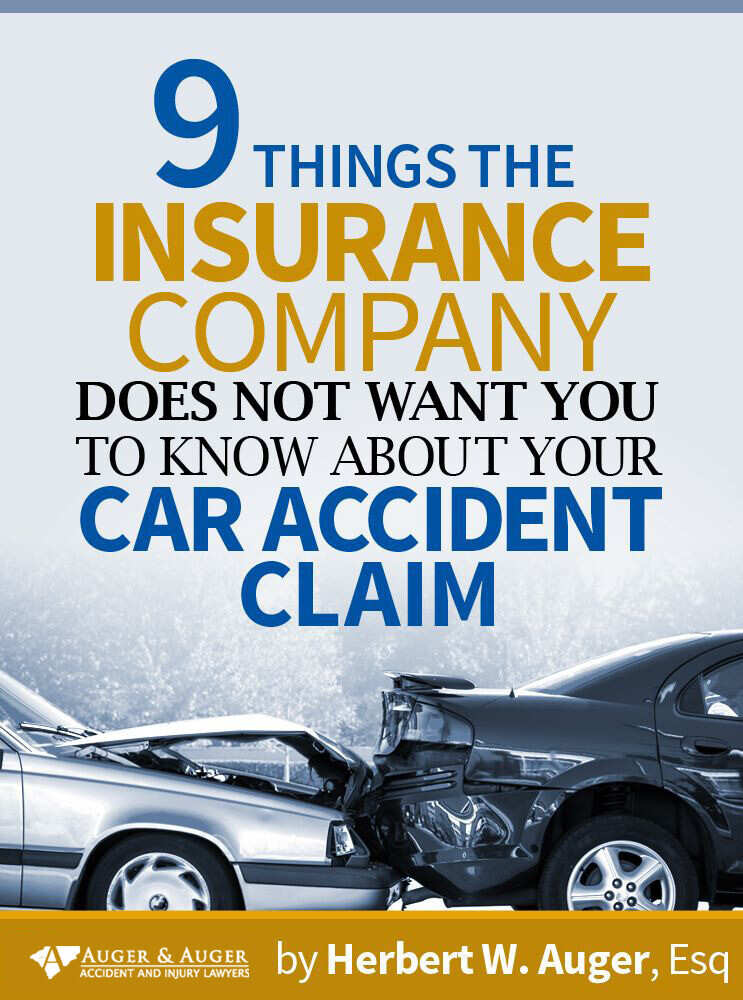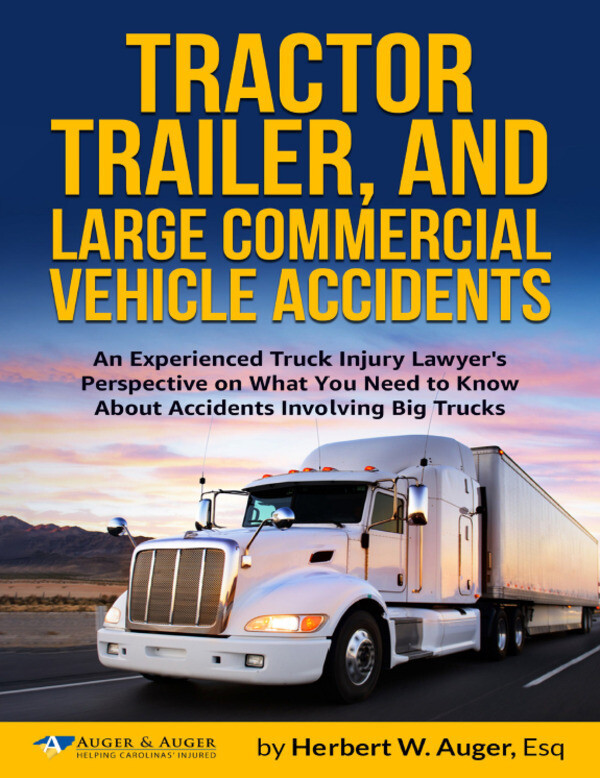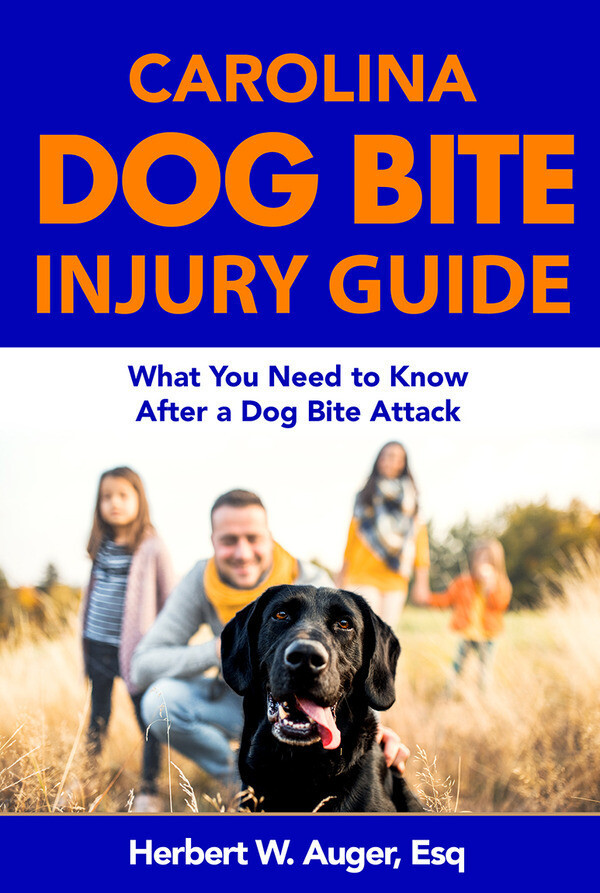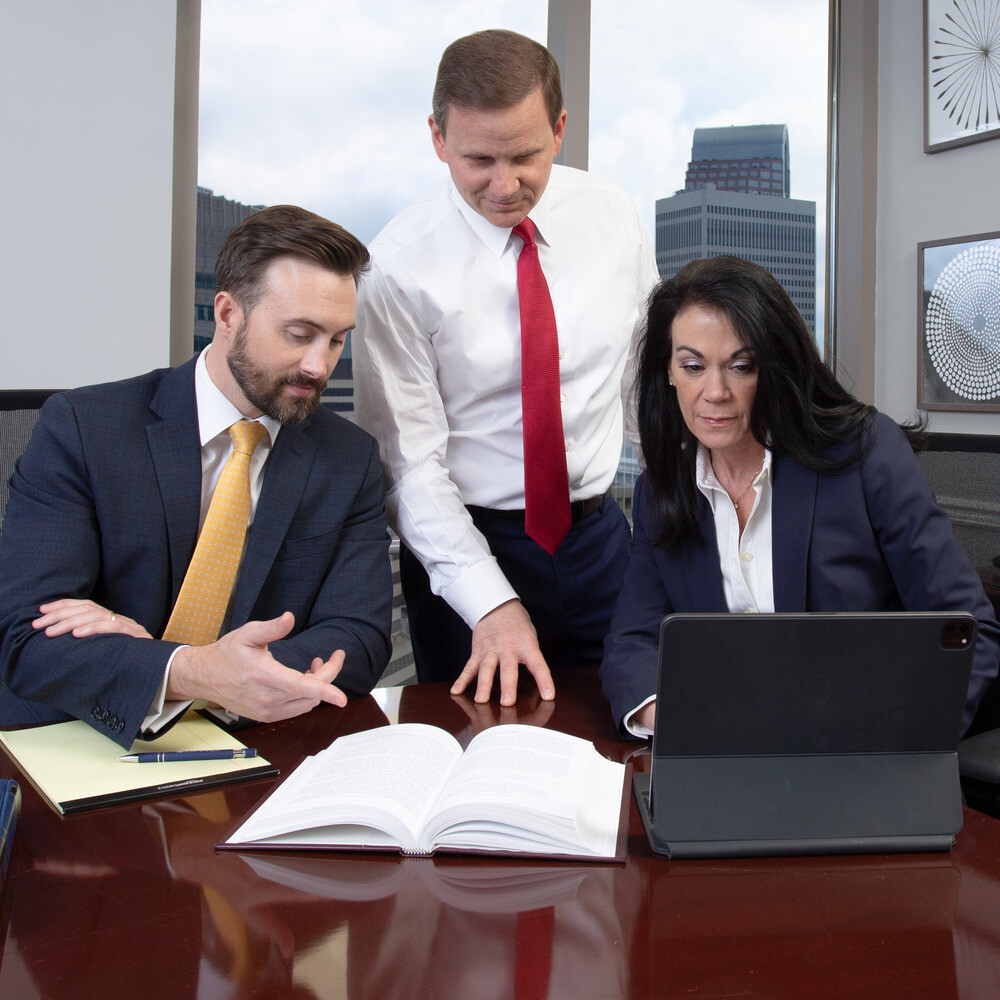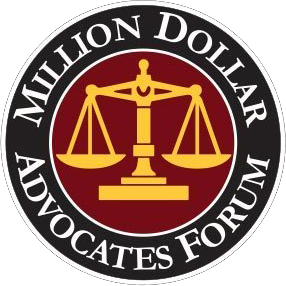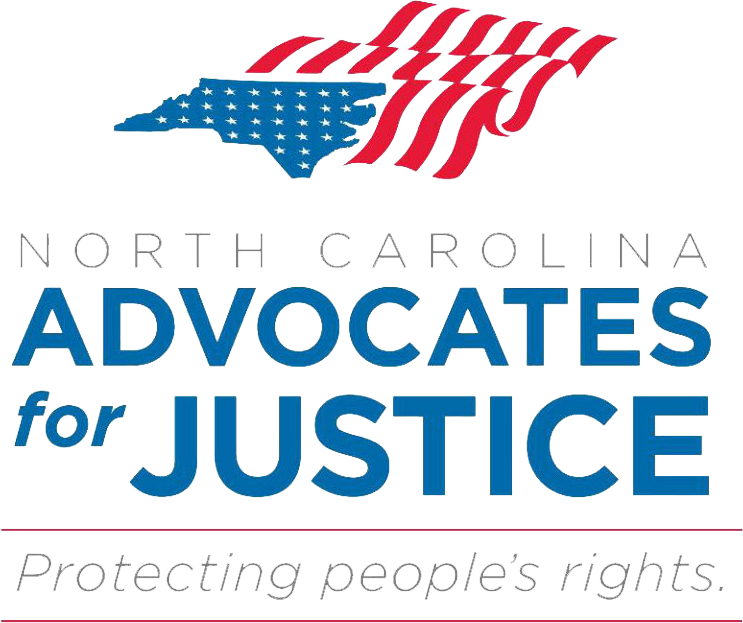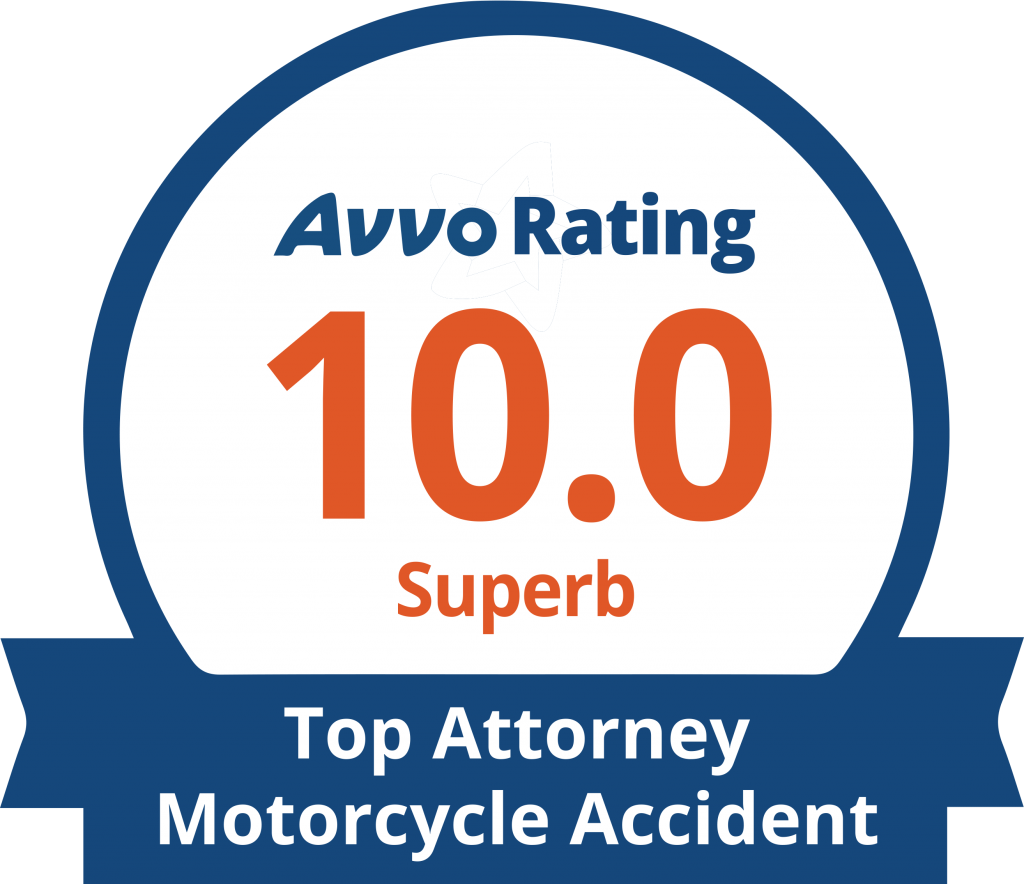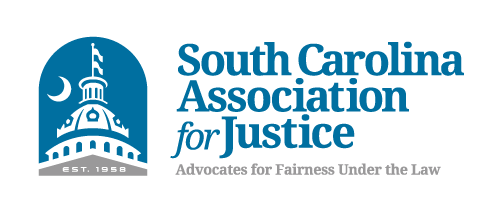Charleston Aviation Accident Lawyer
Although large numbers of fatalities are infrequent, debilitating injuries can be suffered from airplane turbulence, passenger aggression, rough landings, oxygen depletion, and more. The aftermath of any aviation accident can be disturbing (causing emotional distress and PTSD) because you’re in a situation with no control and everything at risk.
Fortunately, an Auger & Auger Charleston aviation accident attorney is always available to speak with you and advise you of the rights to which you are entitled. Making certain your medical needs are attended to first, we will investigate the scene and circumstances to determine who is accountable – and pursue a claim with maximum compensation for your damages, including pain and suffering.
Human Factors of the Flight Crew
If you’ve ever felt uncertain about the capabilities of pilots flying a huge airliner, this pilot’s handbook should leave no doubt in your mind. Pilot instruction is one of the most detailed endeavors a civilian can take on. It’s not a question – they’ve undertaken exhaustive training for everything from flight instruments and aircraft construction to aeronautical decision-making and weather theory.
It’s the human components that contribute to accident-prone behavior: extended hours of flying, shift changes, in-and-out hotel stays, FAA regulation changes and re-certifications, family relations, intoxication, and more. These factors can add physical and emotional strain to a career where a finely tuned focus is mandatory for every flight.
The Realities of Charleston Aviation Accidents
The Charleston International Airport served slightly less than 4 million passengers in 2017, the busiest year on record. For such a busy airport, the safety record is impressive – a commercial airline was the last fatal crash, occurring on 9/11/74. The Eastern Airlines DC-9-31, a departure flight from Charleston International Airport, suffered 72 passenger and crew fatalities as it botched its landing in Charlotte, North Carolina. This catastrophe was caused by a loss of altitude awareness during random pilot chatter in the cockpit.
Though we don’t usually think of fatal airplane crashes as occurring very often, the United States reported fatalities in 325 airliner accidents in 2017, with a death toll of only 11 persons. These figures do not include private corporate jets, military transport, or hijackings. The FAA cites that in-flight loss of control accounts for most fatal accidents (primarily due to stalls) and that these crashes generally involve pilot error, with bad weather listed as the #1 culprit.
With more than its fair share of bad weather and rapid growth in the tourism and freight industries, Charleston is to be commended on its flight safety records. However, everything is subject to change – and it will continue to take government support and the personal ethics of airline industry employees to ensure public safeguards remain intact.
Drones Adding Risk to Charleston Aviation
Helicopters have yet another risk to consider now – that of drones coming into their low-flying territory. Maneuvering around tall buildings is one thing, but trying to steer clear of another ‘remotely manned’ aircraft is an entirely different feat. Federal Aviation Administration rules for unmanned drones include the stipulation that they are flown ‘within eyeshot of their remote pilots’ and kept out of airspace containing manned aircraft. Unfortunately, these regulations have not proven simple to enforce.
In 2017 there were 2,100 drone sightings near airplanes or airports, with 20 reported in South Carolina. In February of 2018, the Charleston Observer reported what is considered the first drone-related crash of a U.S. aircraft. A Robinson R22 helicopter turned on its side during an unbalanced landing; caused by losing control after hitting a tree while trying to avoid a DJI Phantom quadcopter drone.
Other Common Causes of Plane Crashes
These tragic accidents can happen for a variety of reasons, including the following:
- A design error in the plane or one of its components. In this case, we may pursue a product liability claim against the plane or part manufacturer.
- Defective or broken parts or components. These do not necessarily need to have been defective straight out of the factory but may have worn out or stopped working as part of their regular operation. If the airline failed to do proper maintenance on the plane and fix these issues, they may have been negligent. In some cases, the airline may have scheduled maintenance less frequently than they should have to save money.
- Errors caused by airline staff or third-party workers. For example, a flight attendant might fail to check the latches on the baggage compartment, leaving them vulnerable to popping open mid-flight. If this happens and a falling suitcase hits and injures you, the airline may have been negligent. They might have failed to properly train their staff in the importance of checking the baggage compartment latches, or the employee could have simply forgotten their training or made a mistake.
- An error on the part of the air traffic controller. Air traffic controllers work for the FAA, a federal agency, so if a controller’s negligent actions led to your injuries, you might be able to sue the FAA. There are specific rules and regulations that apply to suing the government, which your attorney will go over with you if they believe you have a strong case against the FAA.
- Engine failure. This can have many causes, some entirely unpredictable, like the bird strike that led to the famous “Miracle on the Hudson” plane landing. However, in some cases, the engine failure may have been caused by negligence by the airline or a third party. For example, a mechanic working for the airline or a third-party company might make an error when repairing or replacing an engine part, and this negligence could later lead to an engine failure.
- People and entities are not responsible for bad weather. However, sometimes a pilot or air traffic controller may make a mistake deciding that it’s safe to take off in the current weather. You may have a negligence claim if they’re wrong and the weather causes a crash or in-flight injuries.
- Security breaches from poor passenger screening can occasionally lead to injuries on a plane or, in rare instances, even cause a crash.
Other Potential Injuries on Planes
While a plane crash is the first scenario that comes to mind when we think of injuries on a plane, there are other ways people can be seriously hurt while flying. Each year, about 58 people are injured when a plane experiences turbulence. Another 4,500 people are injured each year from falling baggage.
As if that isn’t enough to worry about on your next flight, rolling food carts are also a common cause of injury. They may look innocuous, but if left unattended for even a few seconds, they have the potential to roll away. In some cases, they may crash into passengers who are seated or walking around. Shoulder injuries are common, as the cart may slam into the arm of someone in an aisle seat.
Injuries happen on planes the same way they happen anywhere else: one person assaults another. We’ve all seen videos of belligerent passengers creating a scene on a plane, and sometimes these encounters turn violent. In these cases, it’s possible the airline was negligent if their staff failed to properly handle the situation. Flight attendants and other staff should be trained to de-escalate these scenarios, separate individuals who are physically fighting or being violent to each other, and apprehend anyone who assaults another passenger. Removing the passenger is usually a good option if the plane hasn’t left the airport yet. Additionally, as mentioned above, thorough security screenings may prevent some of these issues.
What if the Other Party or Your Insurance Company Claims You Were At Fault?
This is less common in plane crash cases but may come up with other injuries, particularly turbulence injuries. Indeed, falling objects or being slammed into the wall of the plane isn’t the passenger’s fault in most cases. However, sometimes a passenger will get up and walk around the plane. If you’re doing so when the seat belt light has gone off, and the flight attendants have said it’s safe to do so, that’s usually not a problem. But if the plane hits turbulence frequently, the pilot or flight attendant will instruct passengers to return to their seats and buckle up to avoid injuries. If you ignored this advice and kept wandering around the plane, only to be injured when you were thrown against a seat, you may have a difficult time proving the airline was negligent.
In some cases, the airline’s version of what happened and the passenger’s version may be very different. If you followed instructions from the crew but were still harmed, and the airline claims otherwise, we will investigate thoroughly, interviewing witnesses and looking for any photo or video evidence to back up your claims. In many cases, we can build a strong case to show that you were not responsible for your injuries.
If you are unsure if you had any role in what happened, please call an aviation attorney immediately. They can help you determine whether you have a solid case. In some situations, the airline may still be mainly at fault, even if you made a small mistake. Under South Carolina personal injury laws, you can still collect damages if you were less than 50 percent at fault, making the other party primarily responsible. Your final award will be reduced by the percentage of fault you own.
Making a Personal Injury Claim for an Aviation Injury
If you’ve been hurt in any kind of incident involving an airplane, whether it was a plane crash or turbulence or a runaway food cart, you could be dealing with a painful injury and expensive medical bills. In the case of a major aviation disaster, you may even have suffered the loss of a loved one. It is possible to file a personal injury claim to seek compensation for your damages.
Most personal injury claims are based on the idea that the other party was negligent. For example, a mechanic who failed to reattach a component properly or a flight attendant who failed to secure a rolling food cart may have been negligent. Although individuals are usually responsible for negligent actions in these situations, we don’t bring a case against the mechanic, flight attendant, or other employee personally. Instead, we usually seek compensation from either the company they work for or that company’s insurance carrier. Essentially our job is to prove that the company had a duty to provide careful, safe service, it failed to do so, and you were hurt as a result.
What is the “Common Carrier” Standard?
Most companies in the public transportation business are called “common carriers” and are held to a higher “duty of care” than other businesses and individuals. The average person is expected to act with a reasonable degree of care, avoiding actions that can be expected to be dangerous, like driving 90 MPH in a 30 MPH zone. But a common carrier like an airline and their employees are expected to be highly vigilant, beyond a reasonable degree of care. In working on your claim, your attorney may argue that the defendant failed in their duty to provide a high level of care and vigilance.
Auger & Auger Has the Team You Need
Should you or a loved one be an injured party in an aviation accident, you can count on us to go the extra mile toward pursuing the compensation you deserve. Our Charleston aviation accident attorney team has an extensive background in aviation law – from local to international – with the additional support and invaluable technical knowledge of our contracted technical professionals.
Auger & Auger Accident and Injury Lawyers offers a Zero-Fee Guarantee, so you will not suffer the risk of a retainer without receiving any compensation. When we win your case, we will deduct the relevant attorney fees at that time.
Call (843) 203-5129 today for your free consultation, with no fees due until recovery!
